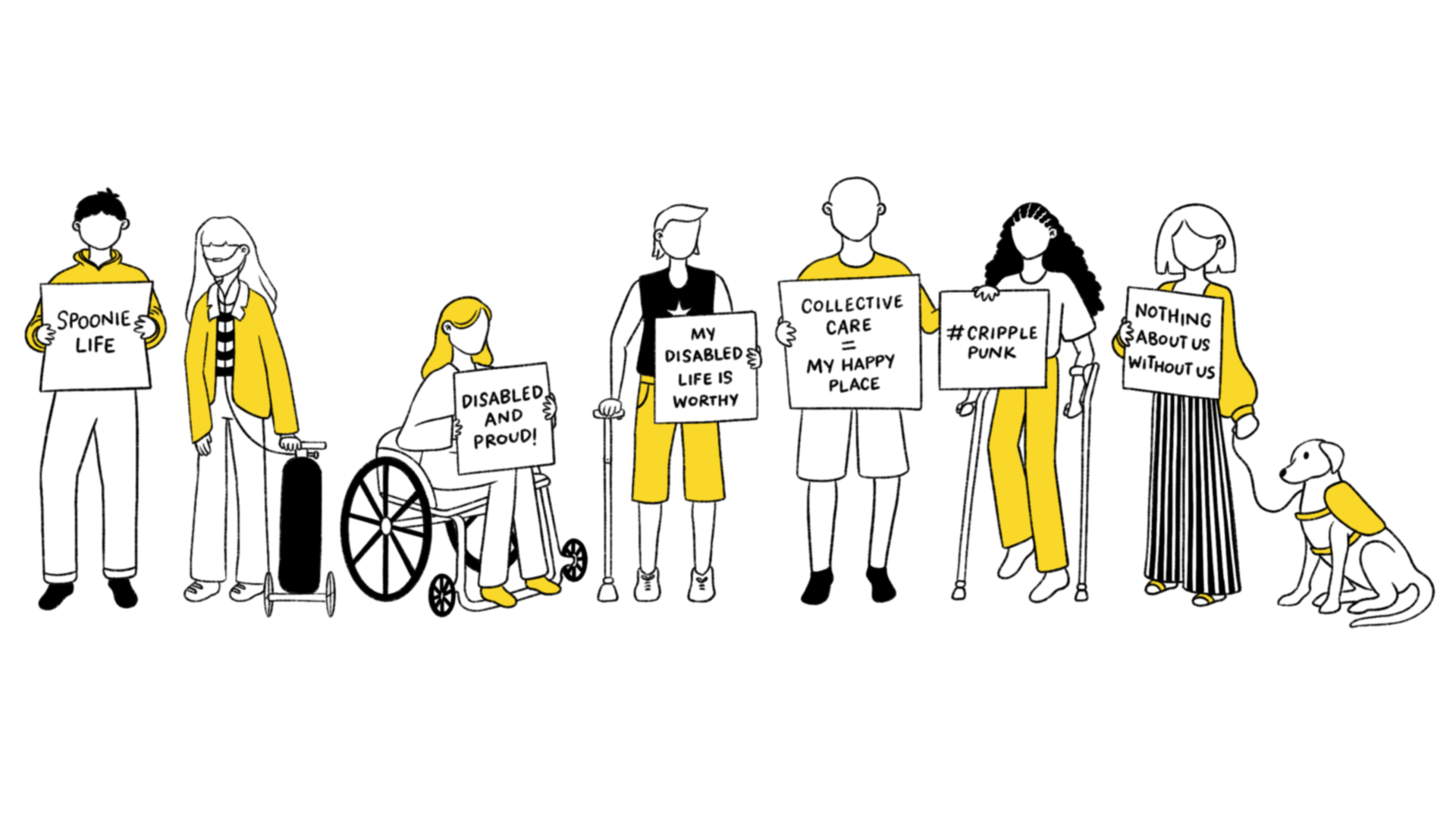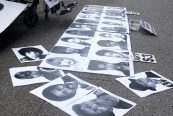
Wafaa Bilal, one of the most controversial and notorious professors at the School of the Art Institute of Chicago, will leave SAIC this fall for New York University. Born in Najaf, Iraq, he fled the country in 1991 after being arrested as a dissident for creating artwork critical of Saddam Hussein, as well as organizing groups in opposition to the invasion of Kuwait. He earned his MFA from SAIC in 2003 and was offered an adjunct assistant professorship the following year. Bilal first received worldwide attention for his installation Domestic Tension, for which he lived in a gallery for a month under the 24/7 watch of a web cam and a paint ball gun that could be fired at him, remotely, by anyone on the internet. This year Bilal’s work Night of Bush Capturing: A Virtual Jihad, a video game in which the artist appears as a suicide bomber who is sent on a mission to kill President George W. Bush, became the center of much media controversy after Rensselaer Polytechnic Institute shut down the exhibition in response to concerns expressed by the campus College Republicans. The College Republicans asserted that showing the work supported “a terrorist.” In addition to his art he has given lectures on the regime of Saddam Hussein. In a personal statement Bilal wrote, “I use my art to provoke a more sophisticated discussion of the political situation.”
F Newsmagazine: We’ve heard that you are leaving SAIC for NYU this fall. What precipitated that transition?
Wafaa Bilal: I think it’s a natural transition. There’s a new challenge for me, which I look forward to. Also, my position at the School of the Art Institute was not a full time faculty position. I wasn’t on the tenure track whereas the job at NYU is a full time job with benefits.
FN: Because you are one of our most famous faculty members, certainly one of our most controversial, I think a lot of students at the school are wondering why the school didn’t find a way to keep you.
WB: I would have to refer you to the Dean for that. Certainly it was an option [to stay at SAIC if they presented a competitive offer] but I don’t think [SAIC] was able to.
FN: What opportunities do you look forward to in New York?
WB: Well, I’ve been in Chicago for seven years and you know, New York is New York; you have so many different opportunities there. I look forward to meeting new people and seeing what’s going on in the art world. There are also so many connections to the publishing world there.
FN: Are there things you’ll miss about the School of the Art Institute of Chicago?
WB: Yes, it’s really a fantastic art school. I can’t say enough about the environment and of the support of this community throughout my career here. I’ve encountered so much controversy in my career and also experienced the loss of family in Iraq, having the school behind me was very important.
FN: A common motif in your career as an artist is dealing with censorship. How do you think that will be affected by your move to NYU?
WB: Well, that has yet to be seen but the fact of the matter is they did know everything about me when they offered me the opportunity to be part of the faculty. Without the support of the environment you are in you cannot survive. I think my hope is that NYU will lend me the same support as SAIC.
FN: You said that as an artist you cannot survive without the support of the environment but it seems to me that you developed artistically in a lot of places where you weren’t supported by the environment.
WB: Well, it’s different. I think that to be supported by the environment means to be supported by the artistic community. Whenever there is a conflict there are two contrary views and one is rejecting the other. That’s the time you need your community to accept you, to say, ‘okay, here somebody’s rejecting your point of view but just because [your work] agitates doesn’t make it wrong, and we cannot allow any voice to be stifled.’ I think in my time at the School of the Art Institute I’ve gotten that excellent, unquestionable support.
FN: Where do you see yourself in ten years (geographically, personally, professionally, artistically)?
WB: I think it’s hard to predict, but then again I try to plan ahead. I always have a five-year plan. I do see myself in New York but that being said if Chicago presented an opportunity to me that doesn’t mean I would not come back. I definitely see myself in one of these two cities.
Career-wise, this time we exist in is very difficult and I am going to continue to work with the issues of the war in Iraq. Hopefully, when that is over, there is a different direction for me in terms of the work I make. I don’t have to make controversial work. I could make work that’s more meditative on aesthetics than pain.
Wafaa Bilal’s new book, Shoot an Iraqi: Art, Life and Resistance Under the Gun, comes out Oct.1.2008.





















